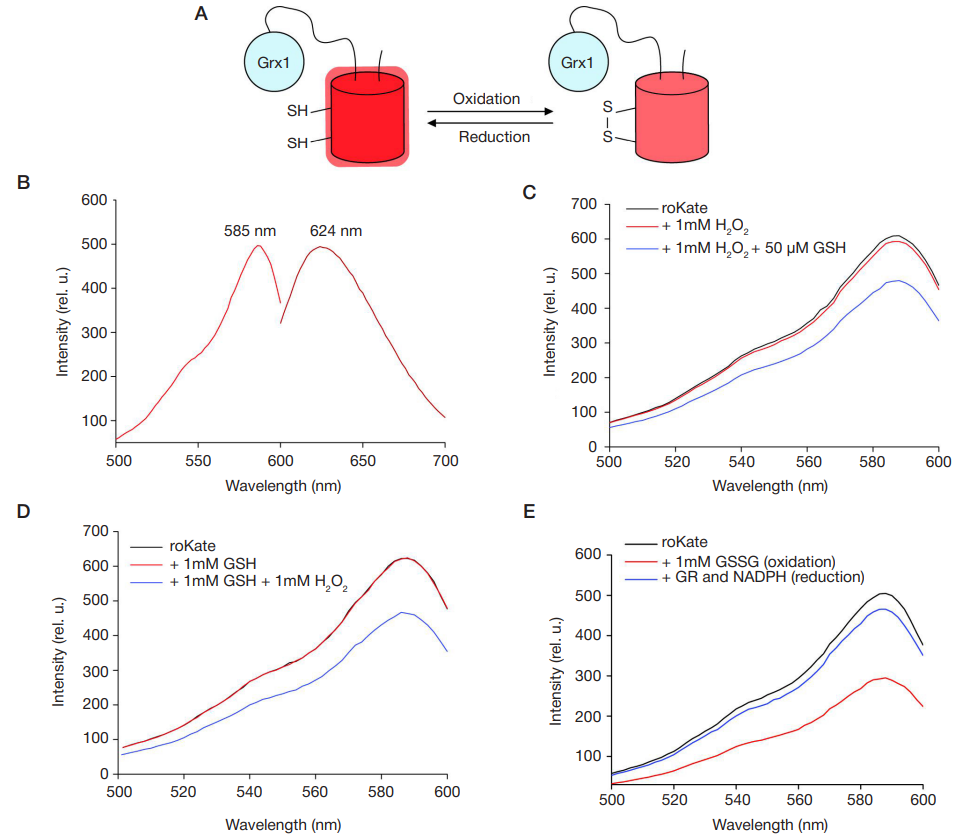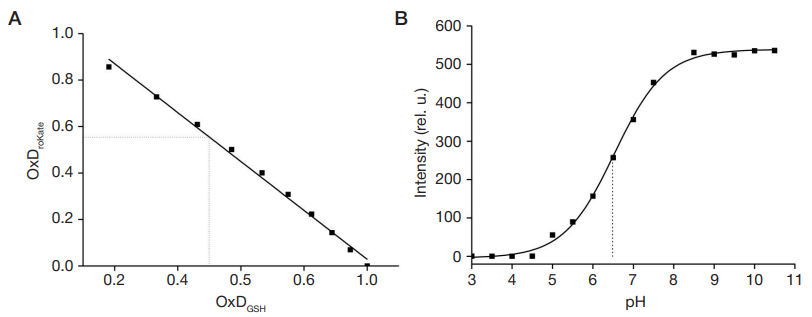
This article is an open access article distributed under the terms and conditions of the Creative Commons Attribution license (CC BY).
ORIGINAL RESEARCH
A genetically encoded biosensor roKate for monitoring the redox state of the glutathione pool
1 Shemyakin-Ovchinnikov Institute of Bioorganic Chemistry, Moscow, Russia
2 The Research Institute for Translational Medicine, Pirogov Russian National Research Medical University, Moscow, Russia
Correspondence should be addressed: Dmitry S. Bilan
Miklouho-Maclay, 16/10, Moscow, 117997; moc.liamg@nalib.s.d
Funding: this work was supported by the Russian Foundation for Basic Research (Project mol_a_dk No.16-34-60175).
Author contribution: Shokhina AG was responsible for the experimental part of the study. Belousov VV and Bilan DS supervised the study and prepared this manuscript.



